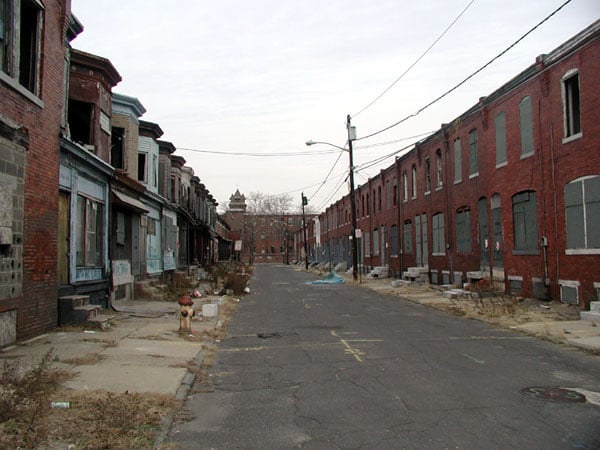Investing
One in Eight Worldwide Undernourished -- Another Problem with No Solution
Published:
The Food and Agriculture Organization of the United Nations, along with the International Fund for Agricultural Development (IFAD) and the World Food Programme (WFP), issued the State of Food Insecurity in the World 2012 (SOFI) report. This data showed a grim situation, and one that cannot be solved because of poverty, climate and land availability, and lack of aid from rich nations. Source: Wikimedia Commons / Creative Commons
Source: Wikimedia Commons / Creative Commons
In the report, the authors write:
Nearly 870 million people (worldwide), or one in eight, were suffering from chronic undernourishment in 2010-2012.
And, in some part because of the global recession:
The number of hungry declined more sharply between 1990 and 2007 than previously believed. Since 2007-2008, however, global progress in reducing hunger has slowed and leveled off.
At some point, federal budget cuts in places like the United States that include foreign aid began to ripple out to other parts of the world, and they probably will continue to do so.
The report’s suggested solutions are unlikely to work well:
Agricultural growth is particularly effective in reducing hunger and malnutrition in poor countries since most of the poor depend on agriculture and related activities for at least part of their livelihoods. Agricultural growth involving smallholders, especially women, will be most effective in reducing extreme poverty and hunger when it generates employment for the poor.
That presupposes a lack of political conflict that drives people off of their land, a moderately cooperative climate, the availability of farmland and seeds to plant on it, and a way to train people to farm.
The other main suggestion is that:
Growth is clearly important, but it is not always sufficient, or rapid enough. Hence, social protection systems are needed to ensure that the most vulnerable are not left behind and can also participate in, contribute to and benefit from growth.
In the poorest nations, where economic order is in disarray or poverty is extremely widespread, it is hard to believe that there is any way to set “social protection systems.” And the same is true of almost every area outside the developed world. Even those in nations like the U.S. are only partially effective in terms of social protection. The Agriculture Department reported last year that 50 million Americans, according to a summary by the Guardian:
were unable to afford to buy sufficient food to stay healthy at some point last year, in large part because of escalating unemployment or poorly paid jobs. That is a rise of more than one-third on the year before and the highest number since the survey began in 1995.
The State of Food Insecurity in the World 2012 sets out another global problem that hardly can be solved.
Douglas A. McIntyre
A financial advisor can help you understand the advantages and disadvantages of investment properties. Finding a qualified financial advisor doesn’t have to be hard. SmartAsset’s free tool matches you with up to three financial advisors who serve your area, and you can interview your advisor matches at no cost to decide which one is right for you. If you’re ready to find an advisor who can help you achieve your financial goals, get started now.
Investing in real estate can diversify your portfolio. But expanding your horizons may add additional costs. If you’re an investor looking to minimize expenses, consider checking out online brokerages. They often offer low investment fees, helping you maximize your profit.
Thank you for reading! Have some feedback for us?
Contact the 24/7 Wall St. editorial team.